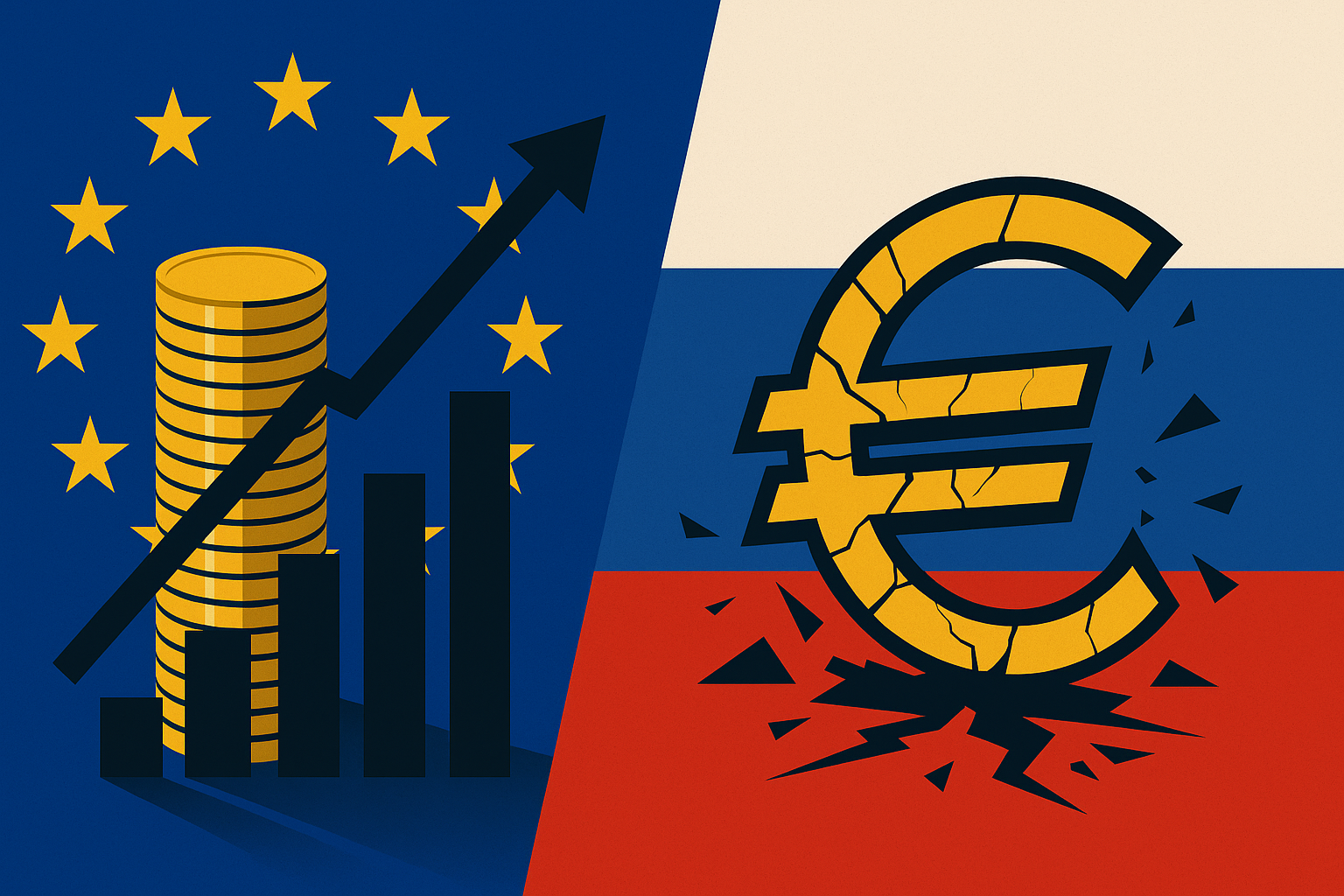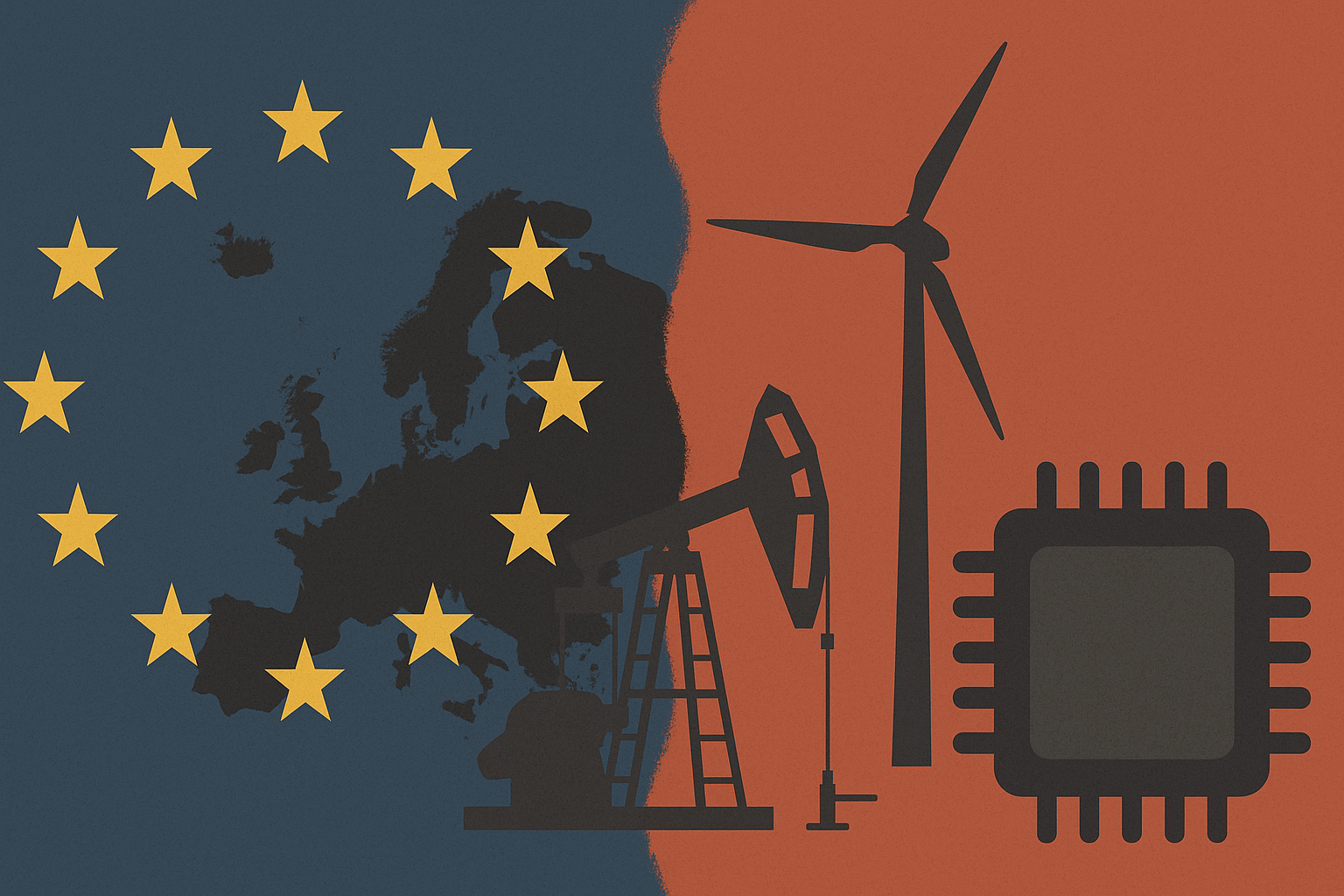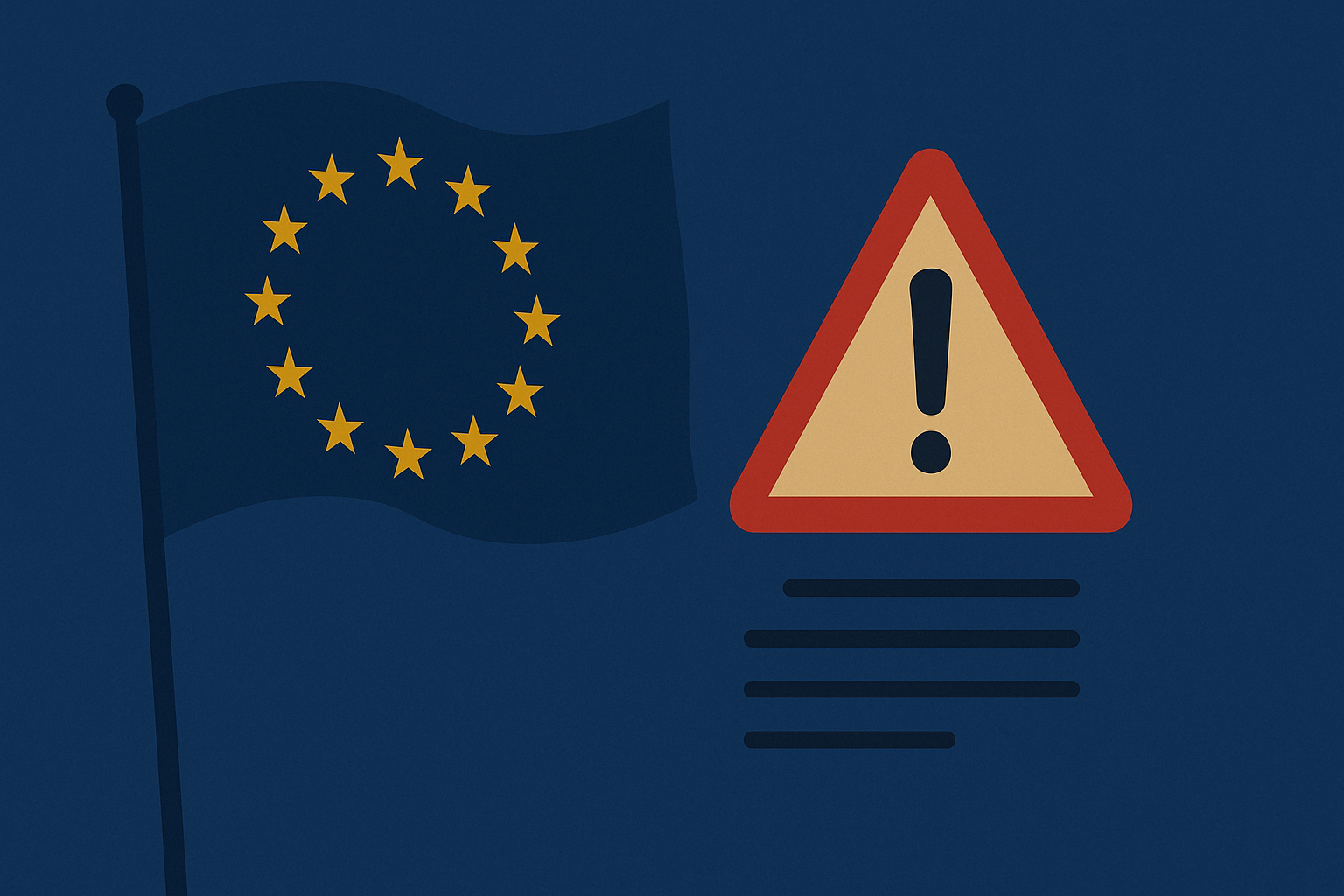In an ambitious move to blend technology with heritage preservation, Microsoft has partnered with the French government to create a fully immersive digital replica of the iconic Notre-Dame Cathedral. This initiative, supported by French scientists and experts in digital restoration, marks a significant shift in how cultural landmarks may be preserved and experienced in the future.
A New Digital Life for Notre-Dame
Following five years of intense restoration work after the devastating 2019 fire, Notre-Dame Cathedral has once again opened its doors to visitors. But this revival isn’t confined to the physical realm. Microsoft, in collaboration with the CNRS (French National Centre for Scientific Research), is constructing a digital twin of the Gothic masterpiece, ensuring every detail—from its ornate stone carvings to its delicate stained glass—is preserved in virtual form.
The digital twin will serve as both a virtual experience and a crucial archival resource. By capturing the cathedral with advanced scanning and modeling technologies, the project ensures that, should another catastrophe occur, architects and historians will have a complete and accurate blueprint to guide any future restorations.
More Than a Virtual Tour
While the technology will allow global audiences to explore the cathedral remotely, the purpose goes far beyond tourism. Brad Smith, Microsoft’s president, emphasized that the digital model will act as a vital tool for preservation. Similar techniques were previously used at St. Peter’s Basilica in Rome and proved instrumental in its conservation planning.
“This isn’t just about letting people see Notre-Dame on their screens,” Smith said. “It’s about safeguarding centuries of history and architecture for the generations to come.”
A Collaborative Effort in Cultural Preservation
French scientists, led by researcher Livio de Luca, have already made significant strides by digitally reconstructing parts of Notre-Dame to assist in its physical restoration. Their 3D models helped architects fill in gaps left by the fire, offering precise data on previously undocumented sections. That information is now being shared globally, contributing to a wider effort to preserve the world’s cultural heritage.
Microsoft, meanwhile, brings experience from similar digital archaeology projects, having recreated sites such as Ancient Olympia, Mont Saint-Michel, and commemorated the Normandy D-Day landings with virtual environments.
The Future of Heritage Exploration
The Notre-Dame digital twin represents a growing trend where technology enhances access, education, and conservation of cultural landmarks. Whether you’re an academic, a schoolchild, or simply an admirer of historical architecture, the project offers a unique opportunity to engage with one of the world’s most treasured monuments—from anywhere in the world.
As this digital transformation unfolds, it signals a new era where history can be explored, studied, and preserved beyond the limits of geography and time.








